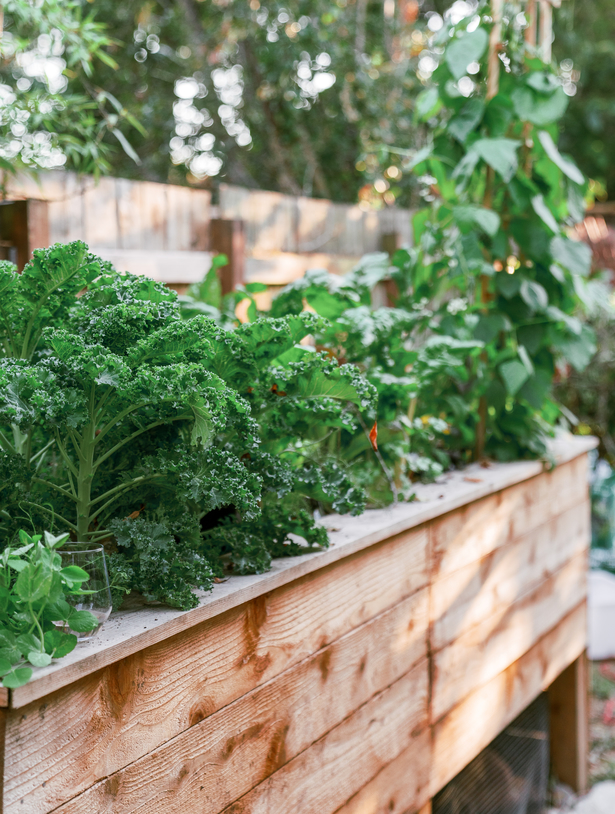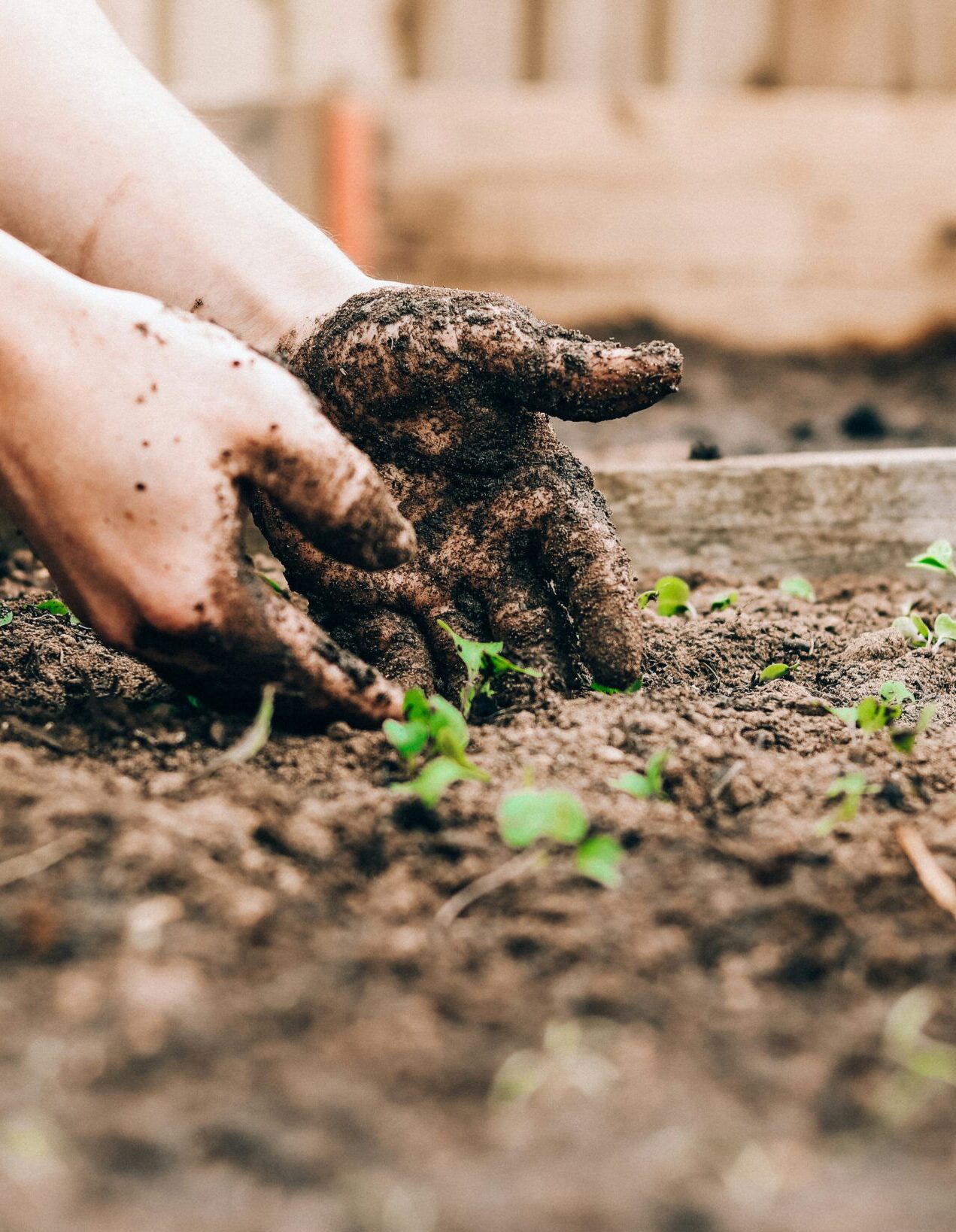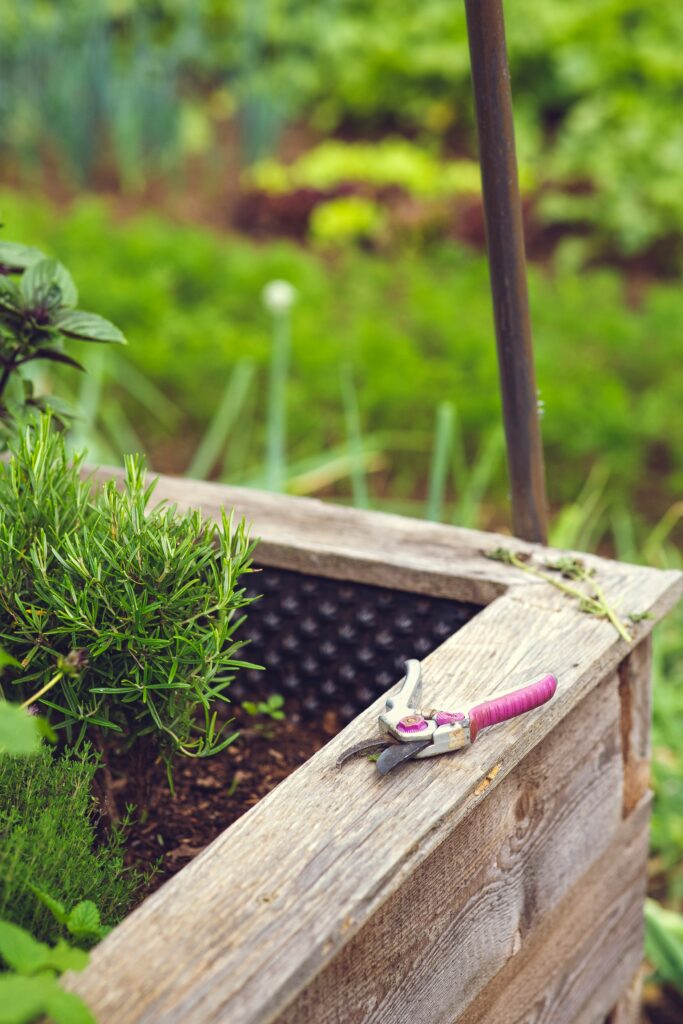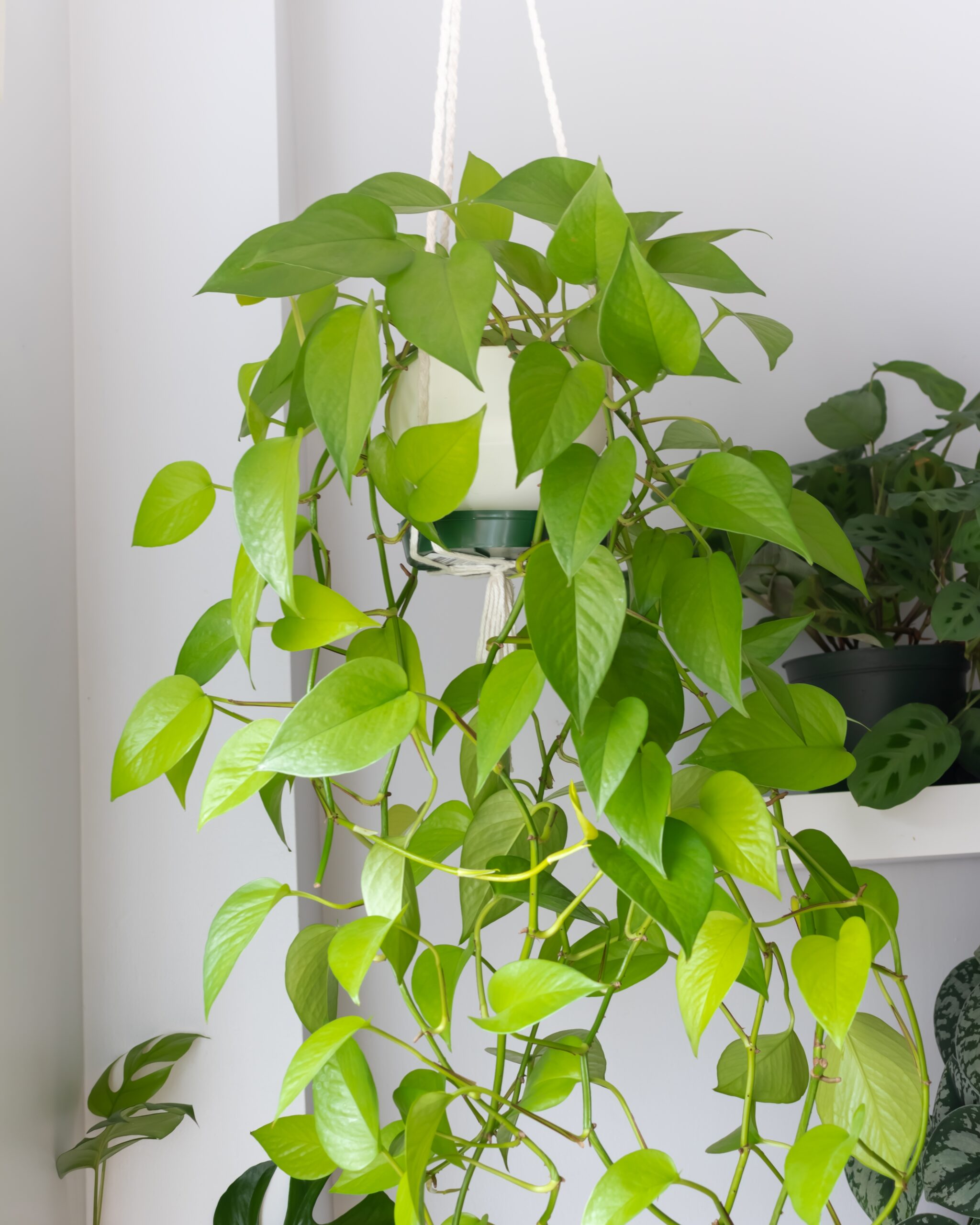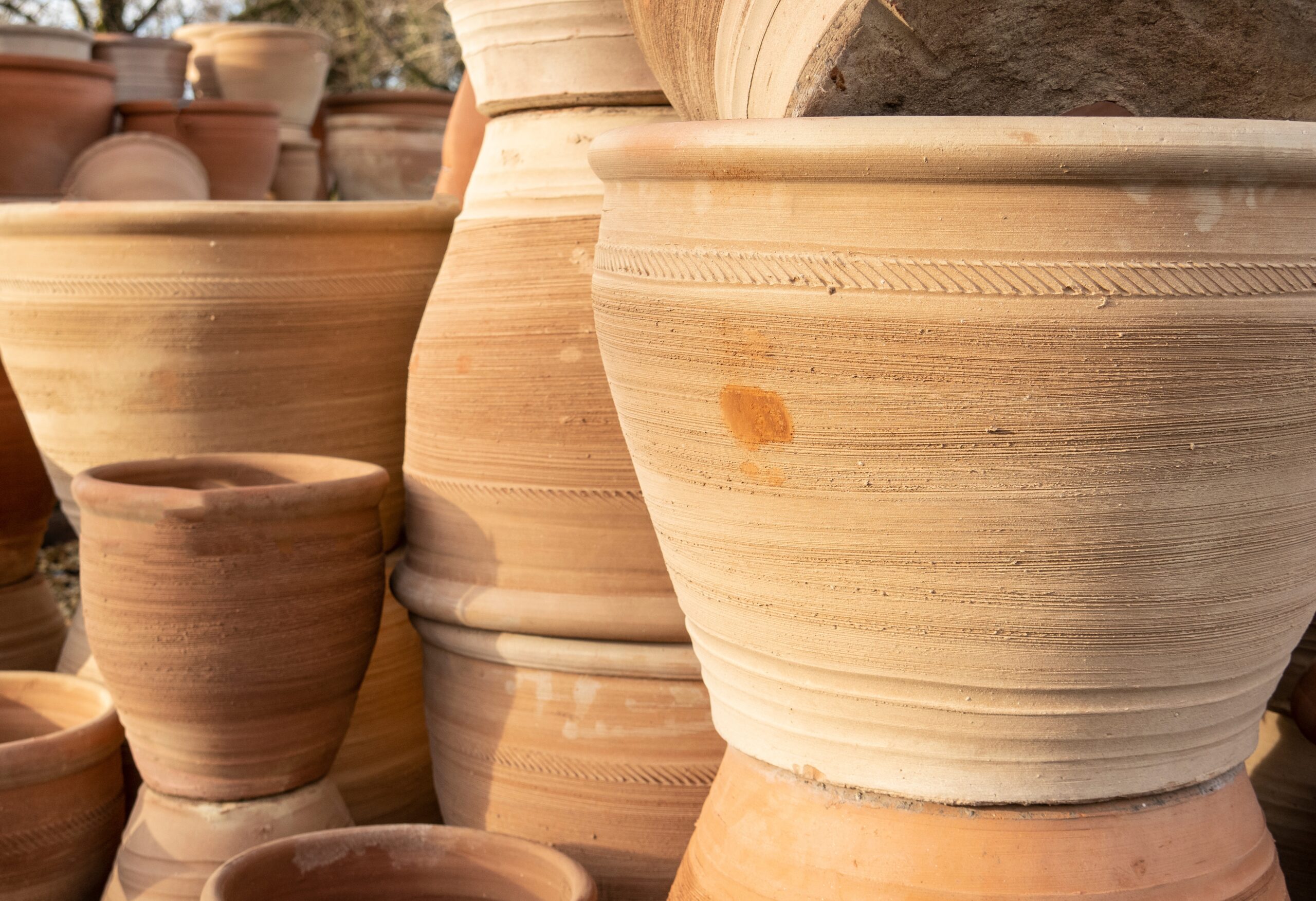If built with care using the right materials, you can expect them to thrive for at least 10-20 years. Their raised nature means that soil is less compact with better airflow and overall nutrient load; longer and warmer growing seasons and less equipment. Moreover, if established successfully, weeds become less of a hassle and sometimes most importantly, working in them is easier on the body (think of your back!). Additionally, we love the neat and tidy appearance that can be paired with wild growth of certain vegetables and flowers for a beautiful natural balance. Therefore, as we approach another gardening season, Emerson Wild presents: our practical guide to the raised garden bed.
Setting Up a Raised Garden Bed
Creating and establishing a raised garden bed is an investment. Truly, the price of timber has increased significantly in the last few years. Therefore, it can be price-y to lay foundations (both literally and metaphorically) but completely worth it. This is applicable to both building yourself or buying a pre-made bed. We may be biased, but we think investments in the gardening sphere nourish your soul, they revitalize a natural connection and are just good for every aspect of your being. In the case of garden bed construction we remember, “buy it nice or buy it twice”, as specifically your choice of wood can impact the longevity of your new project. Here’s how to get started.
Prepare a garden plan/layout
Assess your spaces, take a few days to monitor light conditions, accessibility and be comfortable starting small. Start with a few beds in your first year, you’ll be eased into raised beds without getting overwhelmed. Next, make a plan and determine sizing of your beds. While size will depend on your space, consider ease of access, likely 1-2 feet needs to be accessible from either side meaning width should be around 2-4 feet. Length will again depend on space, but we like 4-6 feet. It is sometimes tempting to opt for a very long bed, 8ft+ but remember that some plants are not companions, and if you can make two beds rather than one, it provides two separate growing environments. As far as height goes, the taller the easier to access but the more watering and work. Some plants need a fair bit of room; have at least 6 inches.
Materials Needed
The set up is simple! Here are the basics:
Wood
Cedar is considered the gold standard, as it is durable and extremely long-lasting. Other options include black locust, juniper, cypress, redwood and pine. The latter often being the cheapest. Ensure the wood has not been pre-treated with any harmful chemicals or sealants; thus making it unsafe for you and your edible plants. Wood will be marked safe for use in gardens/agriculture. Looking for plans? Review Pinterest, where there are often several free resources, and while you’re exploring be sure to give us a follow.
Metal screen + weed control
Once your garden bed is built, affix a small grid metal screen on the bottom. Dig out the grass (if there is any), prior to setting your bed. Onto your metal screen add cardboard or weed carpet to help deter any pests from thriving.
Soil, manure and compost
Since you’re starting from scratch, you’ll need to pump your soil full of goodies from the get go. Use our soil calculator to determine how much you’ll need in total. We like a mix of 60% top soil, 40% compost and 10% of organic manure (Rabbit manure, if you can get your hands on it, is a gardener’s best kept secret).
Irrigation/Access to Water
How will you water? Prepare any irrigation ahead of construction, if you need a new garden hose be sure to have it purchased. Planning on watering with a can? A small downside of raised beds is that they do require more water than a regular garden. You’ll need a good watering system before planting/construction to allow for a smooth, successful transition.
Cover/Protection for your plants
This will be entirely dependant on what you’re growing and your general area! Netting, domes, fabric, more permanent caging and even chicken wire can help protect yield.
Planting Raised Beds
Is it the same as a regular garden? Not quite. In your first year pay particular attention to companion planting, and in subsequent years ensure you’re practising crop rotation. Some plants take more from the soil, while others give back. A raised bed is just like a very large container and should be treated as such. Rotating your crops ensures that nutrients are not exhausted and that you have successful, successive gardening years. Lastly, when it comes to raised garden beds, avoid the temptation to forgo planting distance recommendations and cram in plants!
Yearly Maintenance
Luckily, this final section, the list of yearly maintenance isn’t very long. At the end of your growing season, till and remove all plant material. This decreases plant “volunteers” the following year and reduces competition. Next, once cleaned up for the year, cover your bed with burlap or weeding carpet. This just ensures that no last minute weeds join your beds in the fall/reappear the following Spring. Finally, each year budget to top up your soil, add manure where particularly heavy feeders previously grew and add layer of compost to re-energize your growing areas.
May your raised garden beds flourish and thrive this upcoming year. Looking to expand your gardening know-how? Eager to do more this year? Consider starting your seeds indoors or adding a touch of nostalgia to your gardens. For more inspiration and reading on all things home, garden and lifestyle, read The Wild Blog. P.s., we’d love to connect, if you don’t already, be sure to follow us on Instagram and Pinterest!

